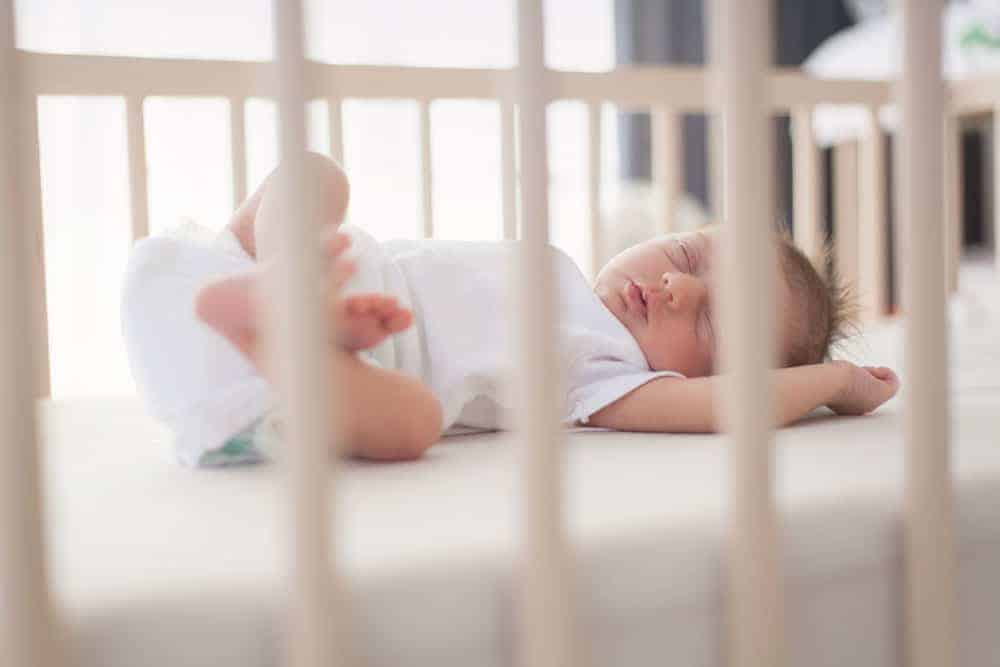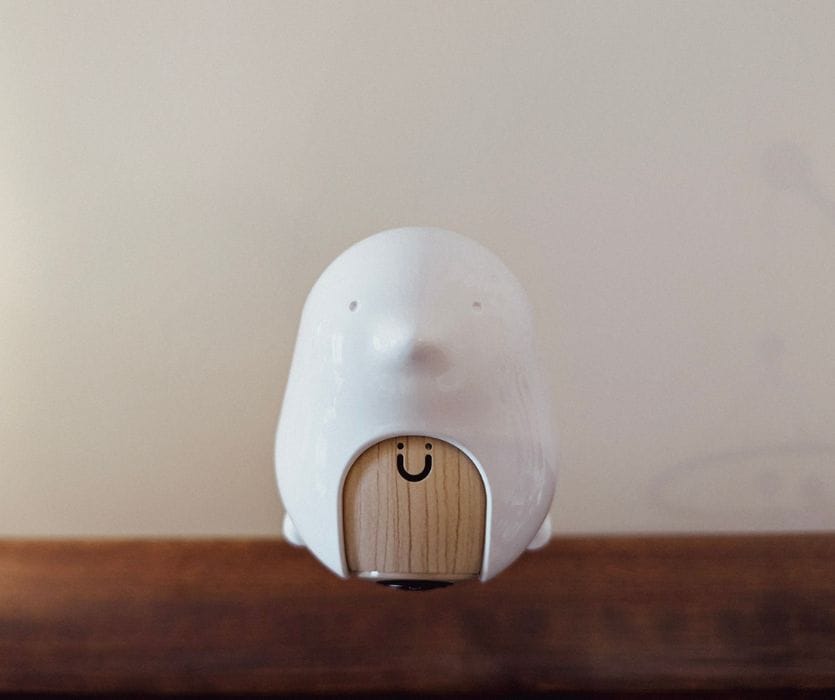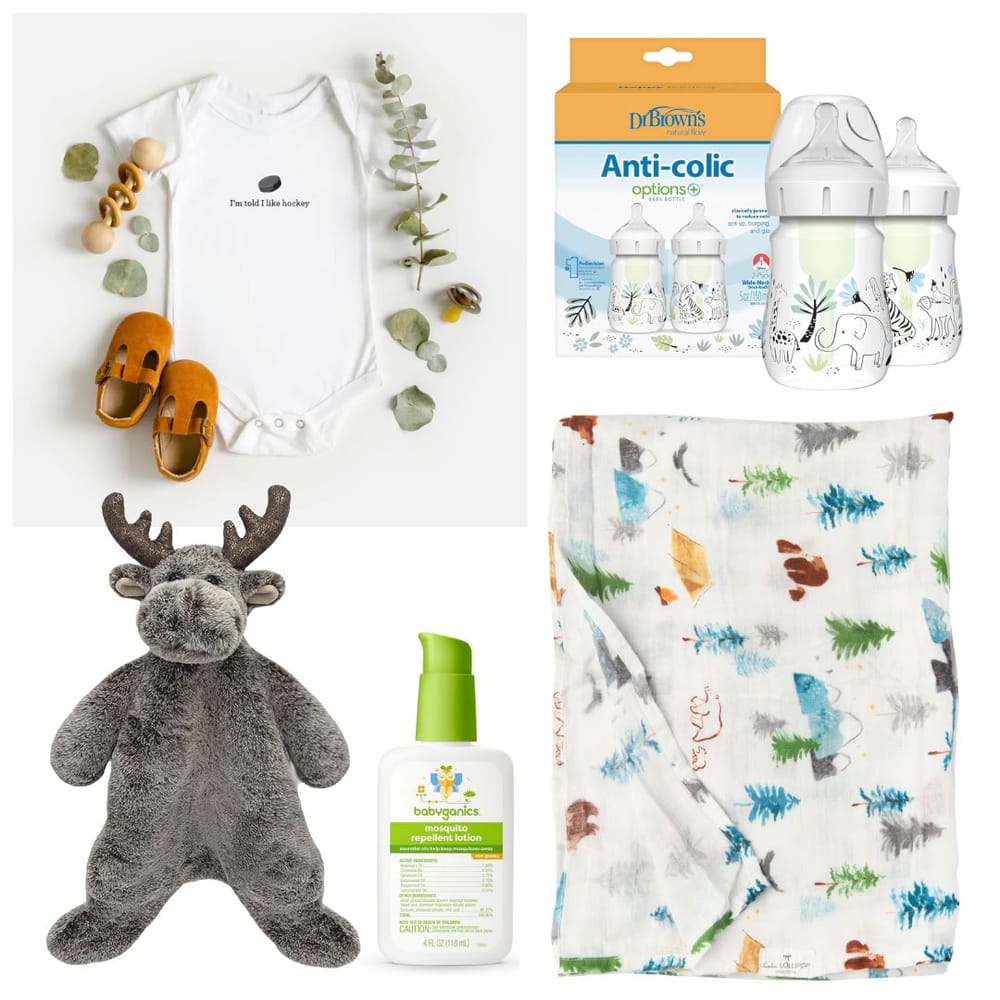Unless you’ve been living under a rock, you probably know that the Fisher Price Rock ‘N’ Play was recalled. All 5 million of them. The Consumer Product Safety Commission even re-issued the recall after approximately 100 infants deaths were linked to them and a similar inclined sleeper.
So, circle of trust, both of my kids slept in a Rock ‘N Play sometimes.
And, yes. I focus on safe sleep and my business partner is a nationally renowned infant safe sleep expert. So, yeah, I knew the Rock ‘N Play wasn’t safe for sleep. I did it anyway.
Why? Because I was fucking exhausted.
My babies slept safely (on their backs with no loose toys or blankets) the vast majority of the time. But every now and then, we’d have a Rock ‘N Play nap. I’m so grateful that my babies are ok and everything turned out ok. It’s all too easy for me to imagine being one of those 32 families who lost their baby. Devastating is the understatement of the century.
While I count my lucky stars that I have a healthy 1- and 3-year old, I’d also like to count the ways you can make sure your baby is sleeping safely.
What to look for in a safe sleep space
1. A flat surface
Do me a favor – tuck your chin to your chest and take a breath. Great. Now raise your head to normal walking-about level. Take another breath. Notice the difference? Any kind of incline (yes, even a car seat or bouncy seat) will tuck baby’s chin towards her chest. That’s no good for the airway. Find a flat surface to keep baby’s airway open while she’s sleeping.
2. A firm surface
Two reasons.
- Baby mouths are small (until they are coming at your nipple, but that’s a post for another time…) It doesn’t take that much to cover them up. You want a firm mattress for your little so that it won’t creep up around their mouth.
- Put on your science hats for a second. We inhale oxygen and exhale carbon dioxide. Carbon dioxide is heavier than oxygen, so it sinks. It’ll pool on the baby’s sleep surface. The squishier the surface, the more carbon dioxide it will hold. A firm surface makes it easier to disturb the carbon dioxide pool and keep baby breathing fresh oxygen. This happens while adults sleep too, but our advanced brain development cues us to move around for fresh air. Babies don’t have those same neurological cues.
3. A bare surface
That means no bumpers, no loose blankets, no toys, no nothing before baby turns 1. If it looks like a strict, eastern-European nanny with no soul set up your baby’s crib, you’re probably on the right track.
4. A personal space
A baby sleeping safely will have a protected space all their own. You can create that super close to you (even in bed), but ideally, it won’t be the *same* as your space.
5. A plan
Desperate, exhausted parents are more likely to overlook an unsafe situation if they’re making a decision on the fly (like in the middle of the night).
- Examine your baby’s sleep space in the harsh light of day to make sure it looks safe to you. What could smother baby? Can baby get stuck or tangled in something? What’s nearby? Are their cords or heat sources close to the bed?
- Fix things that look unsafe.
- Make a backup plan, too. What are you going to do when baby wakes up for the 45th time in one night? If your answer is “move my baby to a different place, like my bed,” that’s cool. Just look at your backup space with the same critical eye and make it as safe as possible. (For tips on safer bed-sharing check this out.)
Some hard truths about safe sleep
You guys, I have to tell you this. Babies that sleep safely don’t sleep as deeply. That’s actually the entire point. (This is just another reason that our children should put us in a good old folks home when we get older.)
Truth #1:
Most babies in most situations can wake themselves up and move a bit if they have trouble breathing. But not all babies can do this. And we don’t know how to tell the difference between babies that can and babies that can’t yet.
So, all of these techniques for safe sleep are actually meant to keep your baby from sleeping so deeply that they can’t wake and rescue themselves. Yeah. You read that right. Safe sleep = crappier sleep.
Truth #2:
Tiny babies aren’t supposed to sleep more than a few hours in a row. A healthy six-week-old will wake up every 2-3 hours. It sucks a whole lot for parents. Anyone promising that their baby bed will make baby sleep longer than that is either setting baby up to sleep unsafely or lying to you.
Truth #3:
It takes babies a little bit to learn to love a safe sleep space. They’ve been snuggled up in utero for 9 months 10 months, being rocked and fed continuously. Guess what pisses them off? Laying them flat on their backs, alone, and making them wait for food for a few hours. So, no safe sleep space is going to work perfectly straight out of the gate. It usually takes 3-4 days to get baby adjusted. I’m so sorry.
Truth #4:
The snugglier it looks, the more likely it is to be unsafe. If your baby looks all cozy and snuggled up in their bed, it’s probably not great for safe sleep. Snuggly things usually equal an increased risk of suffocation. Just keep that space bare for a year, then you can pile in all the loveys and blankets you want.
The Upside
Babies who use a safe sleep space are WAAAAAAYYYY less likely to die from SIDS or suffocation. SIDS and suffocation are the number one cause of death for babies under a year old. Number. One. So, safe sleep is a top priority for helping ensure our kids will blow out that first birthday candle.
Good Safe Sleep Options
The good news is that there are a lot of companies out there trying to make safe sleep easier for you. If you’re looking for a safe sleep option that can hang out close to your bed, you might consider:
- Halo Bassinest
- The Snoo (if you have a kidney to sell)
- BabyBjorn Cradle
- Chicco Lullago Portable Bassinet
- Mockingbird Bassinet and Stand
There are a lot of great safe sleep options out there. And, they’ll all help you meet your goal of raising a healthy baby.
Our next reco: When Your Baby Hates Sleep




Leave a Comment